It’s Pride month, and you know what that means: It’s time for a deep dive into the structural oppression of queer people in America, the exploitative underbelly of New York’s mob-owned gay bars, and the night those tensions boiled over in 1969. What exactly was banned by sodomy laws and other laws used to target queer New Yorkers? Why was the mafia paying the police to keep gay bars open? And what was the movement that came out of Stonewall fighting for on the streets and in the courts?
Suggested Charities
Feel like donating to a good cause after listening to this episode? Might we suggest these charities:
- WA Black Trans Rights Force
- TransWomen of Color Collective
- Sylvia Rivera Law Project
- Trans Lifeline
- Transgender Law Center
- Entre Hermanos
- True Colors United
- Youth Futures Law Project
- Queer the Land
- Somos Seattle
Featured Image: Marchers in Cologne’s 2019 Pride parade carry a sign about Stonewall. (Image source)
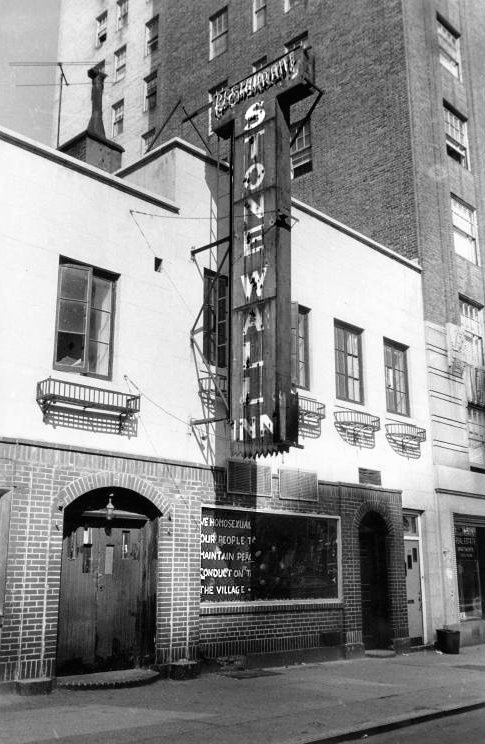
The outside of the Stonewall Inn in 1969, after the riots. The text on the window reads “We homosexuals plead with our people to please help maintain peaceful and quiet conduct on the streets of the Village—Mattachine”. (Image source)
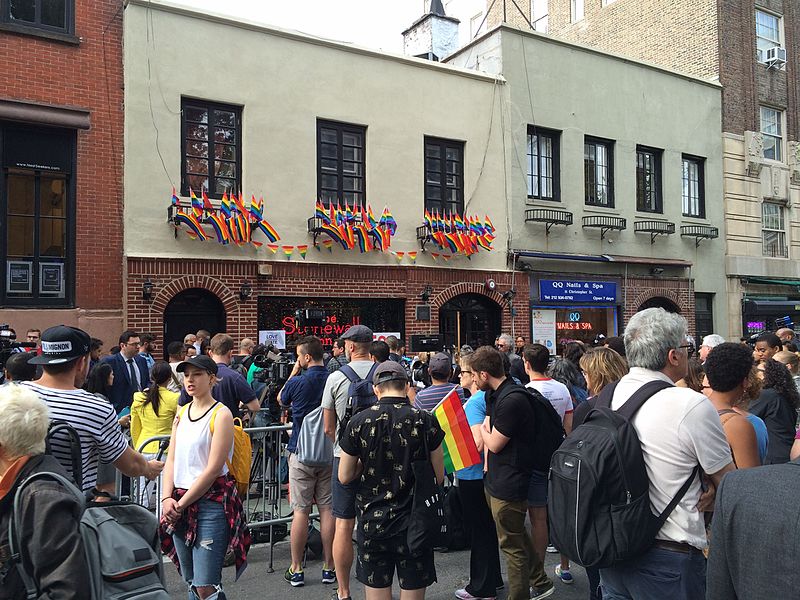
The Stonewall Inn in 2016, during a vigil for the 49 victims of the Pulse shooting in Orlando, Florida. (Image source)
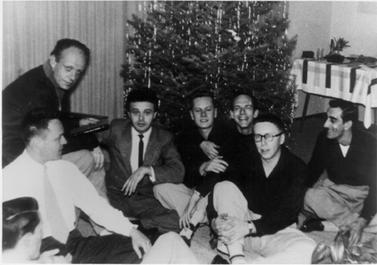
One of the only group photographs of members of the Mattachine Society (Image source)
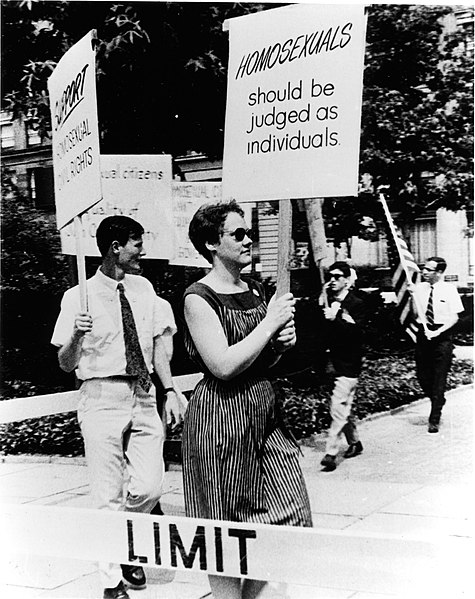
Gay rights activists picket the White House in 1965. As you can see in the photo, marchers are in business attire, walking in a single-file line so they won’t appear to be part of couples, and making some fairly modest demands. (Image source)
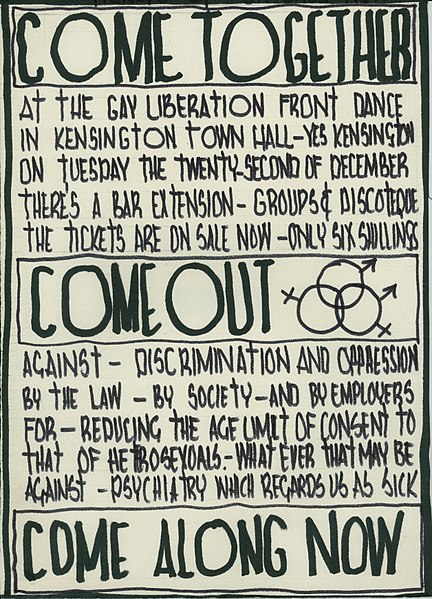
A leaflet for the a Gay Liberation Front dance. I believe this is from England, hence the age limit of consent language–that was a different legal fight than the New York state and city laws we talked about in this episode. (Image source)
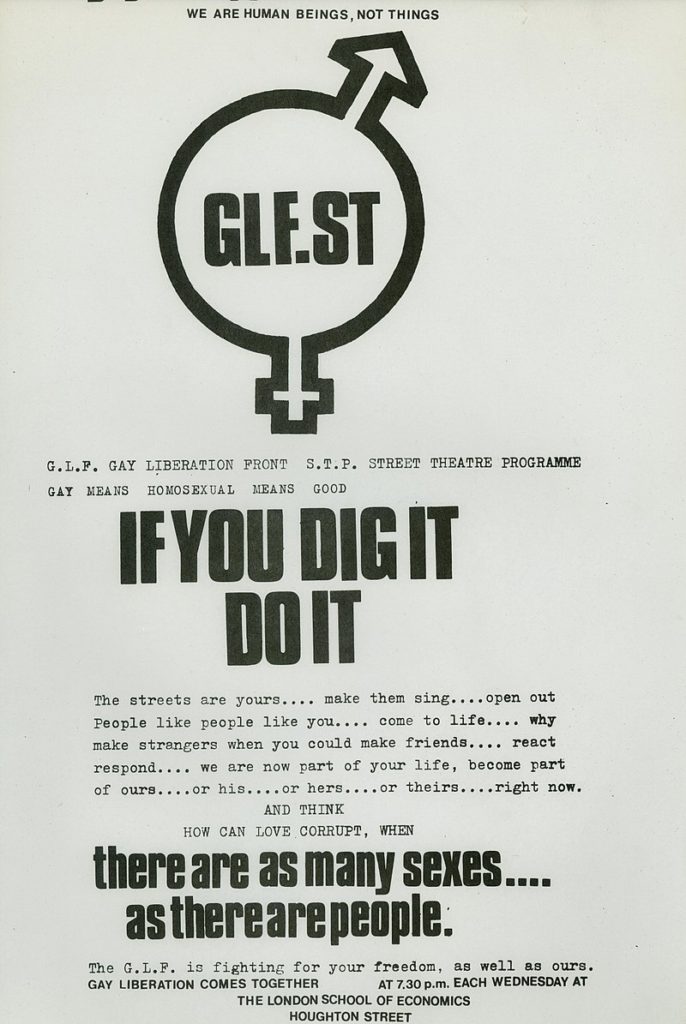
Another English GLF flyer, using expansive language about who belongs in the movement and how people should be allowed to act as part of it. (Image source)
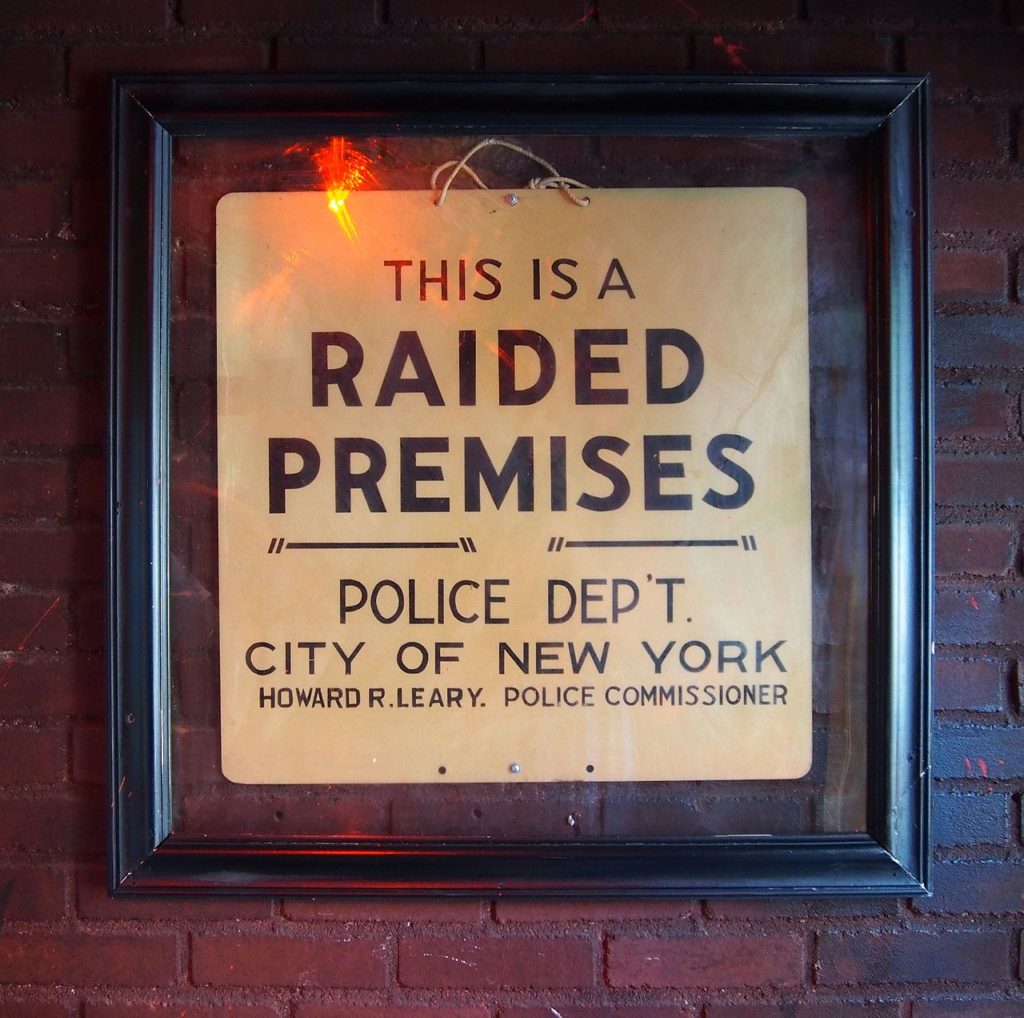
A “raided premises” sign displayed at the modern Stonewall Inn. (Image source)
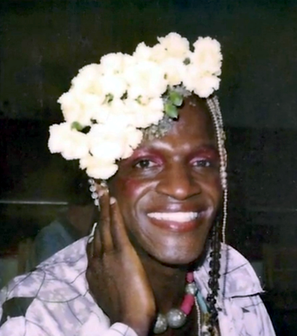
A portrait of Marsha P. Johnson, one of the most famous figures involved in the Stonewall uprising. (Image source)
A trailer for the 2015 Stonewall movie directed by Roland Emmerich. The movie was critically panned for being a clunky melodrama focused on a white man from out of town.
Sylvia Rivera (left) with other transgender activists at the Rome World Pride Parade in 2000. (Image source)
A walkthrough of Seattle’s 2019 Pride parade, which should give you a sense of scale of how absolutely massive it is.
A member of the Dykes on Bikes contingent at the Stockholm 2018 Pride parade. (Sorry for all the European photos–Europe has different laws about what’s in the public domain, and most contributors to public domain image sites and Creative Commons fair use image sites are European, so I’m working with what I know I’m legally allowed to share.) (Image source)
A leather club marches at a 2016 Pride parade in Stuttgart, Germany (Image source)
A penis on roller skates at the 2007 Seattle Pride parade. Pride parades have a lot history of making playful, public displays of sexual references. (Image source)
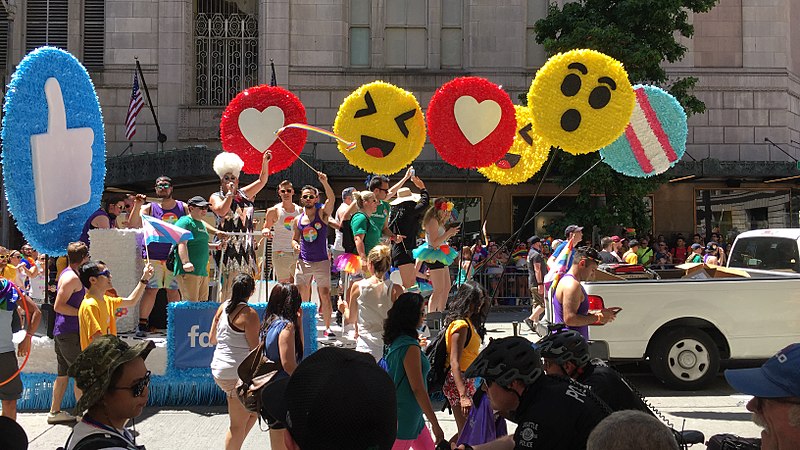
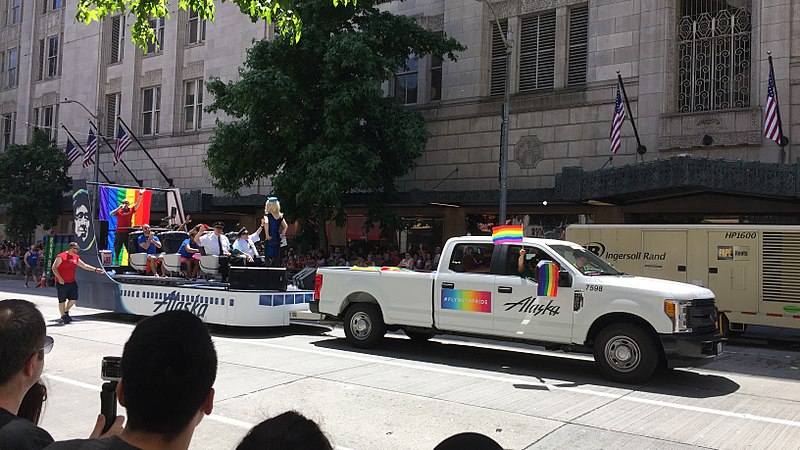
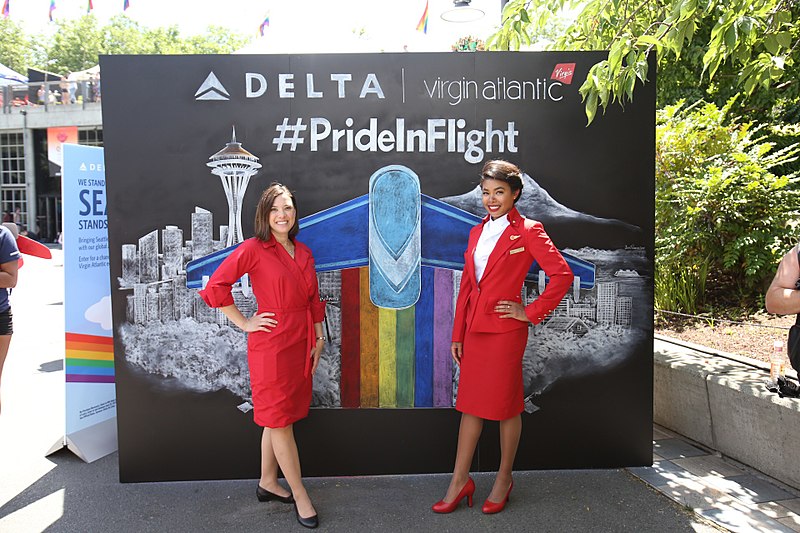
Major corporations make appearances at Seattle’s 2017 Pride parade. In recent years, activists have become concerned that companies are using Seattle Pride to advertise at the expense of marginalized members of the community in America and overseas. (Image sources: Facebook, Alaska, Delta, Microsoft)
This Listerine bottle is the perfect example of blandly inoffensive rainbow washing as marketing. Nothing on the front of the bottle mentions Pride, queer people, or anything related to the movement at all; it’s merely suggested by the seasonal rainbow. The back contains a statement about Johnson and Johnson donating a paltry amount of its earnings to unspecified charities. (Image source: My bathroom)
A Gay Police Force float at the 2007 Chicago Pride Parade. Opinions are mixed on whether law enforcement officers participating in Pride is a sign of positive change or whether Pride should remain fundamentally a protest against police violence. (Image source)
Sources
Sodomy laws, masquerading bans, and other laws and legal decisions discussed in the episode
- Sex Crime Law – HG Legal Directory
- The Sensibilities of Our Forefathers: The History of Sodomy Laws in the United States by George Painter
- Gaylaw: Challenging the Apartheid of the Closet
- Arresting dress: A timeline of anti-cross-dressing laws in the United States
- How Dressing in Drag Was Labeled a Crime in the 20th Century
- Lawrence v. Texas
- Massachusetts law about same-sex marriage
- Obergefell v. Hodges
- The Animal in You (About the Washington state sodomy law that defined bestiality as sodomy, which we discuss at the end of the episode)
- 1974 Revised Code of Washington
- Urge the New York State Assembly to Repeal the Walking While Trans Ban and Hold Police Accountable
- Why Sodomy Laws Matter
- Law School Case Brief: Bottoms v. Bottoms
Contemporary accounts and photos
Heads up: These may contain language that is outdated, offensive, or both.
- Full Moon Over the Stonewall: Howard Smith’s Account of the Stonewall Riots
- Songs of the Original Stonewall Club
- Queen Bees Are Stinging Mad
- The first Pride marches, in photos
Secondary sources and articles about Stonewall
- What Happened at the Stonewall Riots? A Timeline of the 1969 Uprising
- Stonewall Was a Riot
- Stonewall: The Riots That Sparked the Gay Revolution
- Gay Rights Movement
- Police Inspector Seymore Pine Who Led The Raid On The Stonewall Inn Dies At Age 91
- Definition: gayola
- Why Did the Mafia Own the Bar?
- Gay Liberation at 40
Activists, advocacy, and action groups discussed in the episode
- Street Transvestite Action Revolutionaries
- Street Transvestite Action Revolutionaries: survival, revolt, and queer antagonist struggle
- Marsha P. Johnson
- The Unsung Heroines of Stonewall: Marsha P. Johnson and Sylvia Rivera
- Gay Liberation Front
- Harry Hay
Polling on American attitudes
- Attitudes on Same-Sex Marriage
- New GLAAD study reveals twenty percent of millennials identify as LGBTQ
- Republicans, Democrats have starkly different views on transgender issues
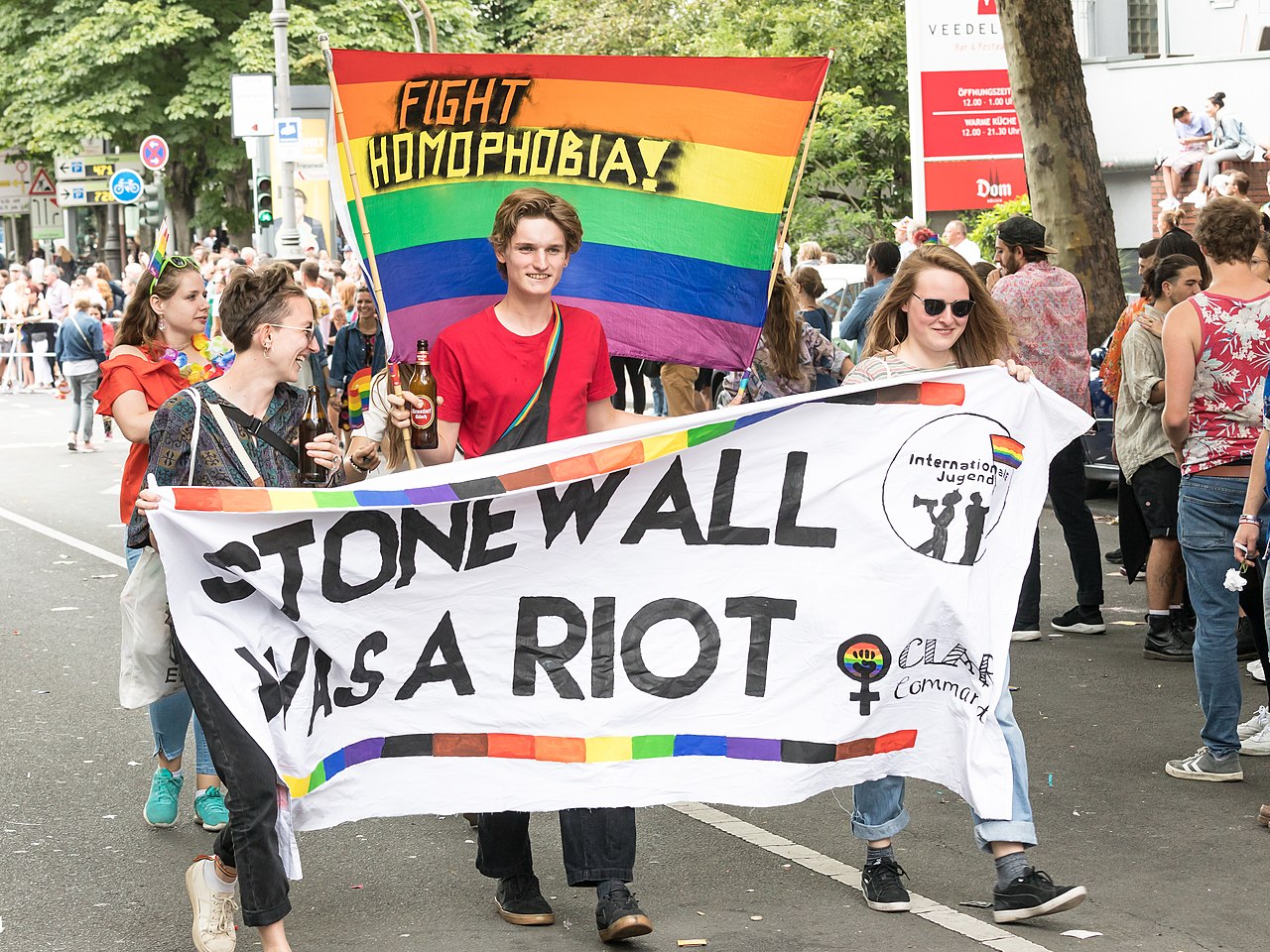
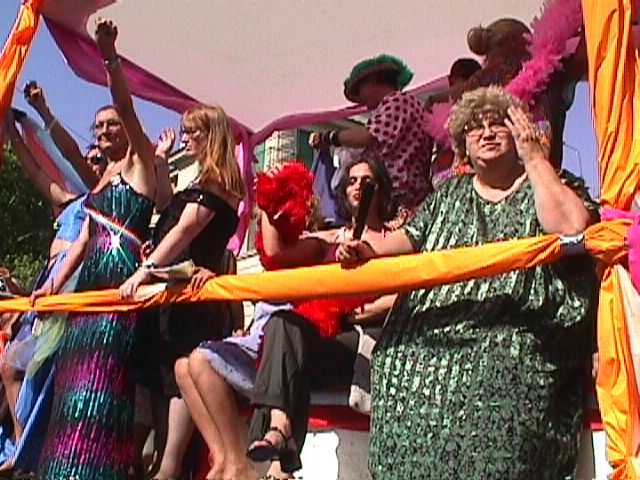
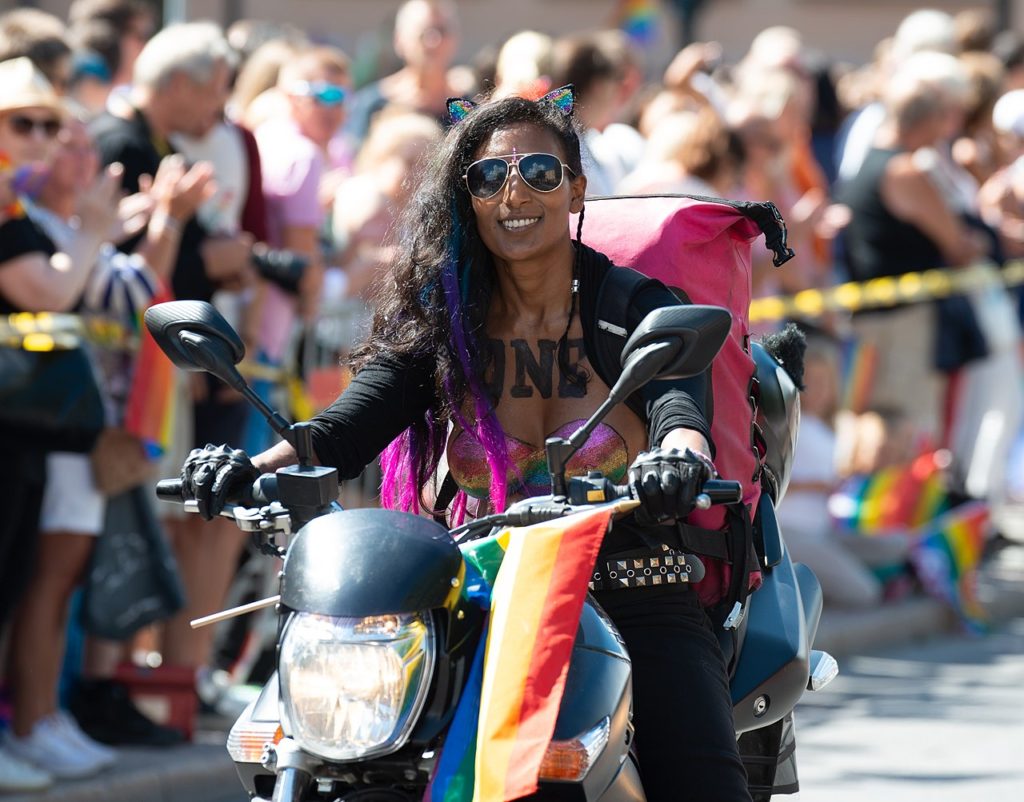
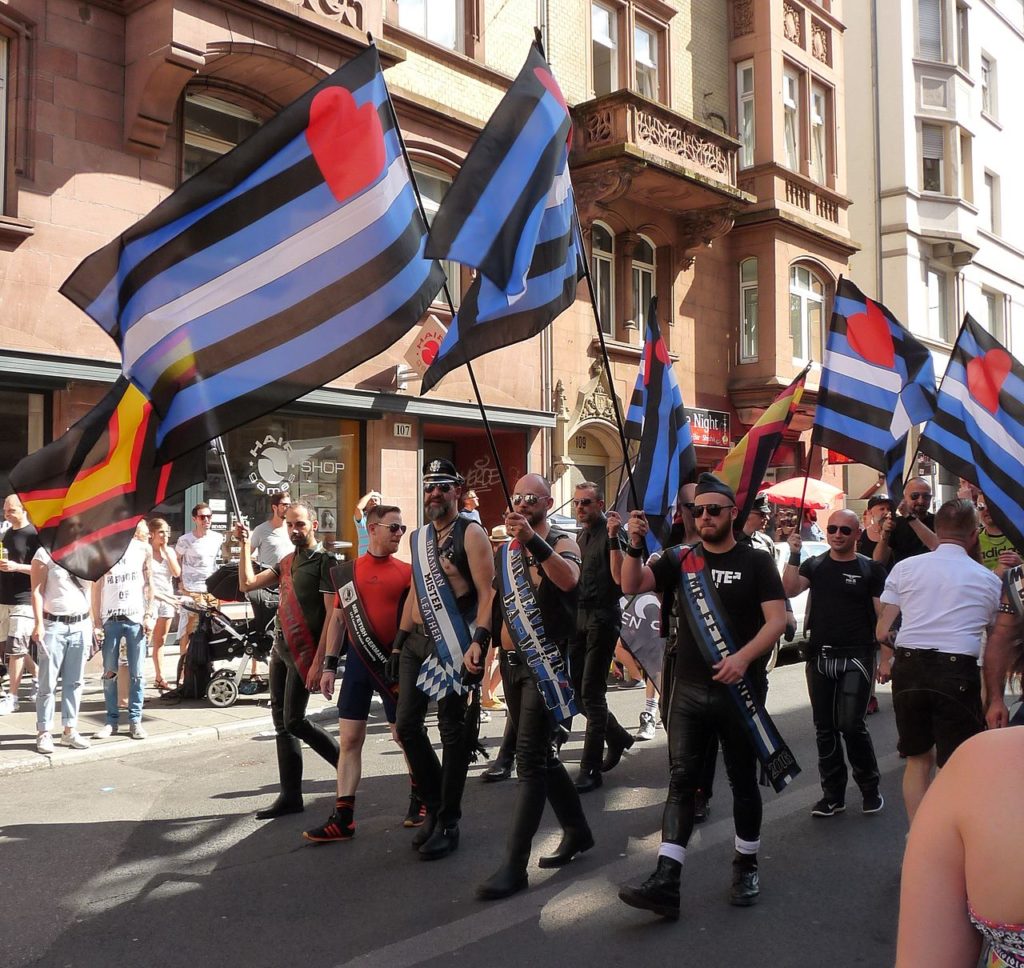
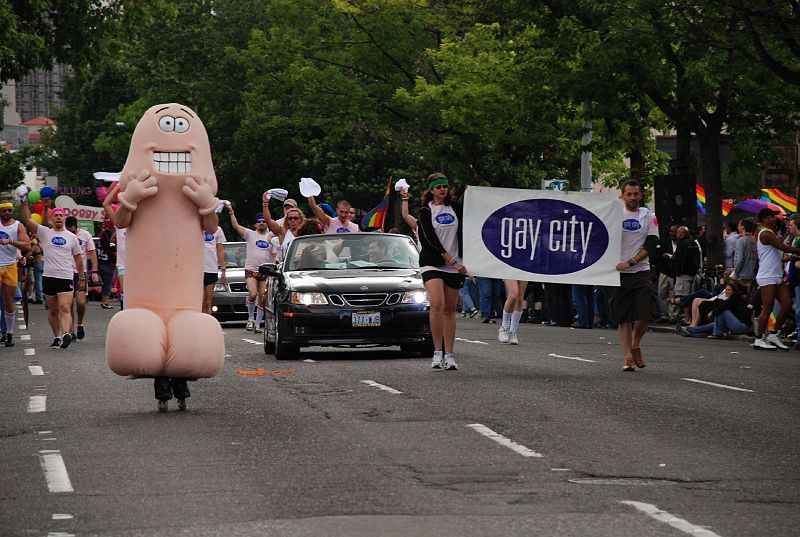
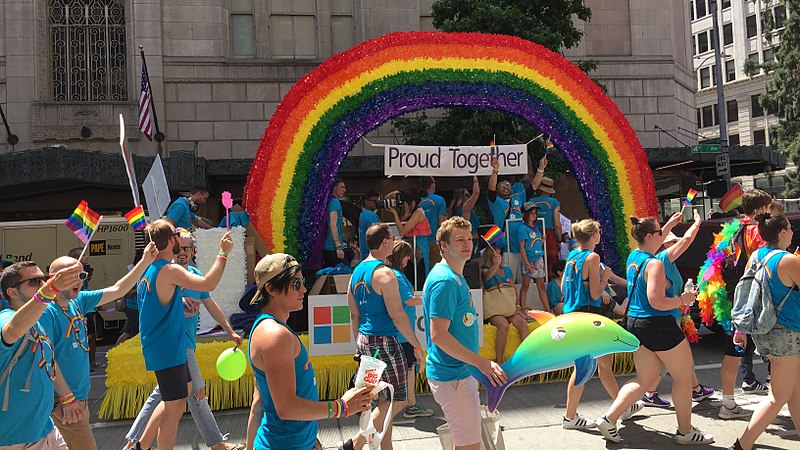
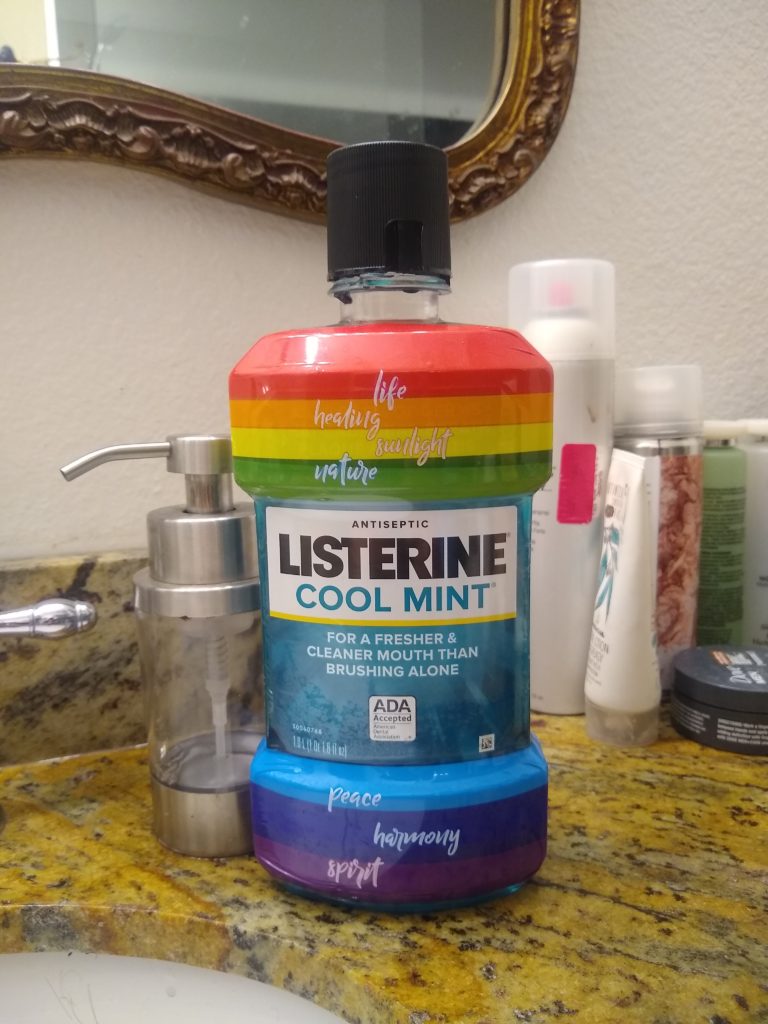
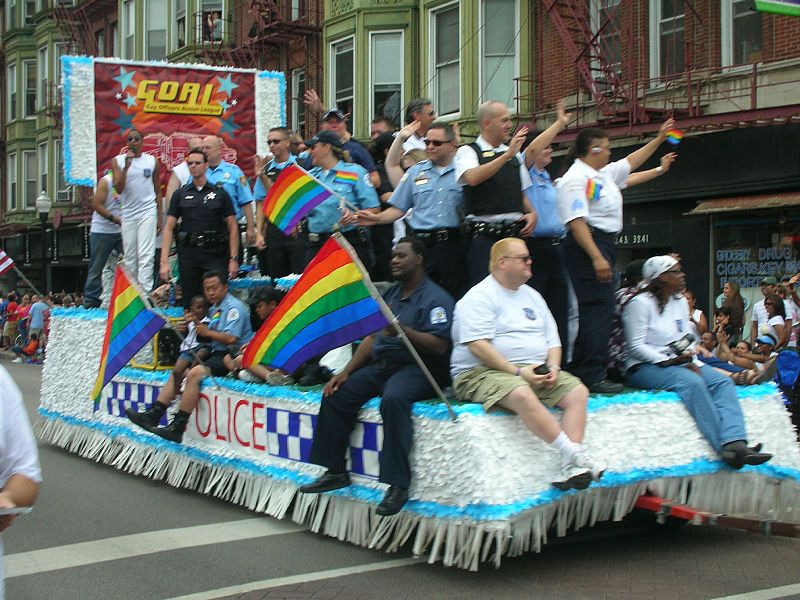
Wow, I had no interest in learning about Stonewall before, but after listening to this it seems super relevant and interesting. What a great podcast! Thank you for the photos and links
And I agree totally with Demetria, when you hear the whole story of Stonewall the “weirdness” of pride parades makes a lot more sense! I’m going to keep it in mind the next time I hear that argument